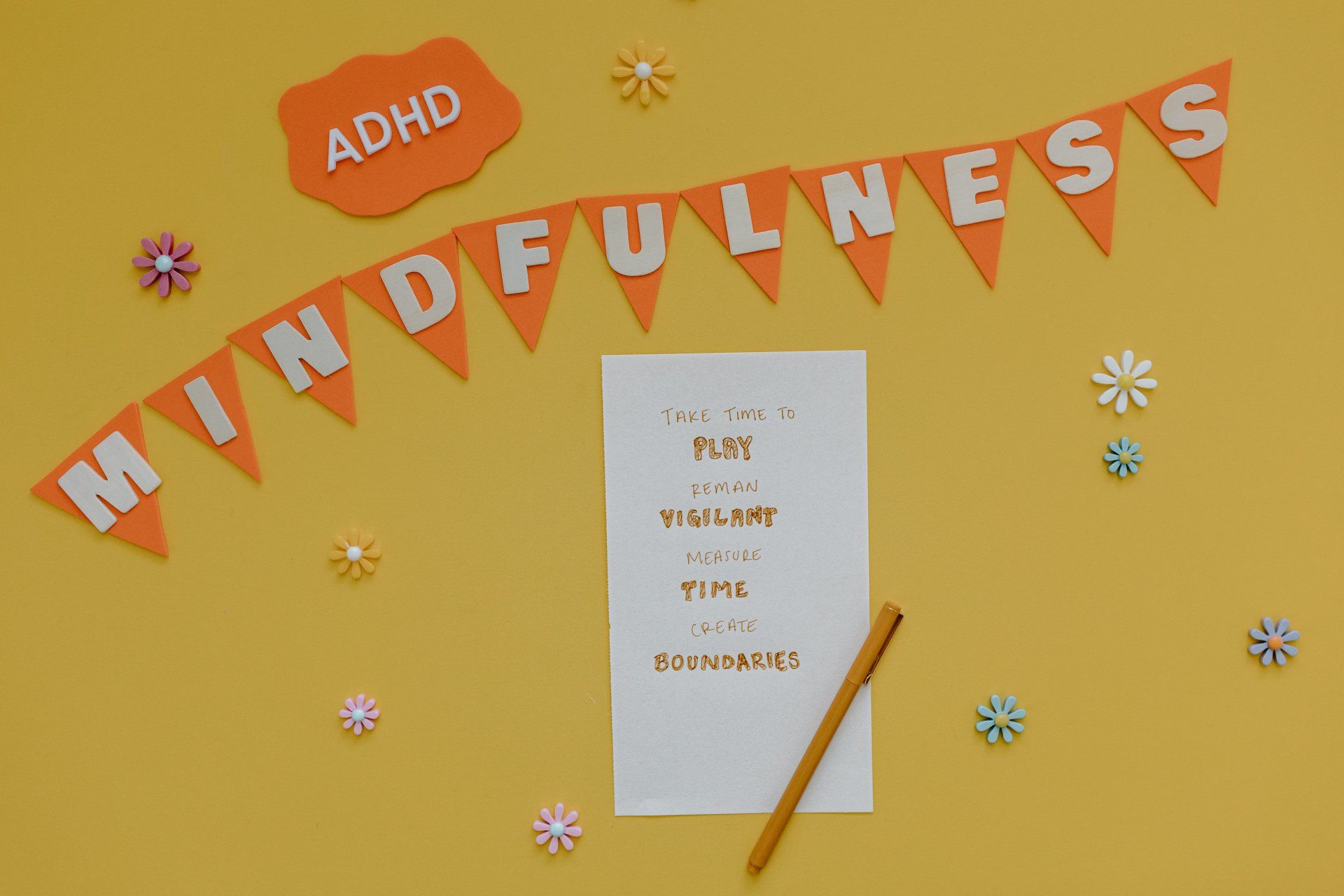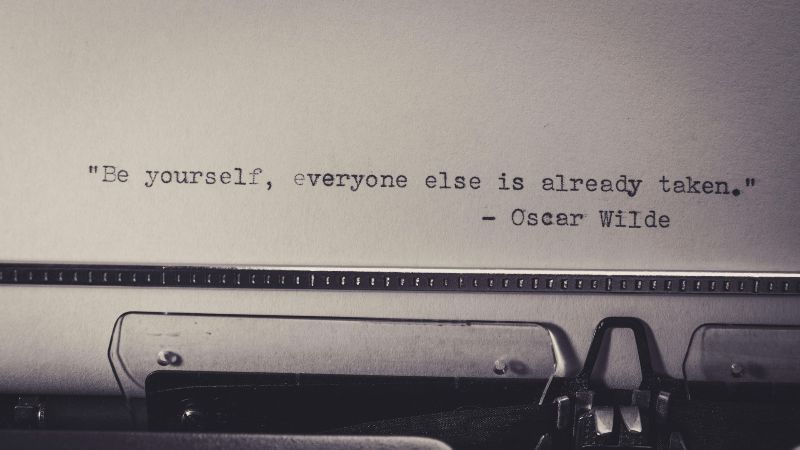Meditating with ADHD
Meditation in phases

If you are anything like me, it is nearly impossible to sit still, without a thought, for longer than 15 seconds. Meditation can help people, but it doesn’t seem to help me. Every time I sit down to meditate, I either fall asleep, or I create a whole world of to-do lists, blog ideas and creative endeavors. Those ideas keep hiding from me when I need them but seem to show up in full force when I am aiming for a thoughtless experience.
As I continue my work in understanding ADHD through reading, my personal experience and my client’s experience, I realize that it is never helpful to assume that someone with ADHD can do things like everyone else does, nor is it helpful to assume that they can’t do it at all. So I decided that meditation needed to be adapted to the ADHD brain and not the other way around.
Killing two birds with one stone
If meditation is the time for the ADHD brain to come up with the most brilliant ideas, why not let it be that way? Let’s see what would happen if you let your brain have fun with some ideas while gently training it to be quiet for a few minutes.
In order to accomplish this I divided the 10-15 minutes meditation time into four parts
- The brain fill (3 minutes)
- The brain dump (1-2 minutes)
- The slowing down(5 minutes)
- The leftover brain dump (1-2 minutes)
The brain fill
Find a comfortable place to sit, in a place that has as little distraction as possible.
Set a 3 minute timer
Try to sit upright if possible, eyes closed, jaw relaxed, shoulders relaxed, hands resting.
Start the meditation.
If your brain feels blissfully relaxed, great, continue. If your brain fills up with information, to-do lists, ideas, etc, let it do its thing.
- The brain dump
At the end of the 3 minute timer, take a notebook or your notebook app, and write down the content of your thoughts as quickly as possible. You can organize them through the app, as you go, or later. Do what’s most efficient while being able to retrieve your notes later.
- The (maybe) slowing down
Set the timer for 5 minutes.
Try to sit upright if possible, eyes closed, jaw relaxed, shoulder relaxed, hands resting.
Start the meditation.
Notice any lingering thoughts, and let go. Notice, let go. You know you can write them later because you just did that. Notice your breathing and focus on that. Hopefully you can find a moment of peace. If not, don’t worry, just do the next step.
- The leftover brain dump
At the end of the timer, write down any remaining thoughts or ideas. Congratulate yourself for a very productive time.
Rinse and repeat steps 3 and 4 if you have time.
By meditating this way, you accomplish several things :
- You are training your working memory to hold a thought until you can write it
- You have created new ideas that can help you in your life
- You have successfully attempted your own form of mediation
Feel free to modify this in relation to the minute count and the format. Make it yours. As you continue, you can add more minutes to the second meditation.
The content of this blog is based on my personal and clinical experience. It is not a diagnostic tool. If you suspect you might have ADHD, please seek assessment by a qualified professional. For more information about who i am, check out the
about me page. For more info about what I do, check out the
services page. And contact me
here









